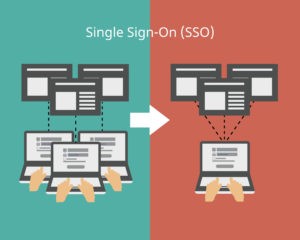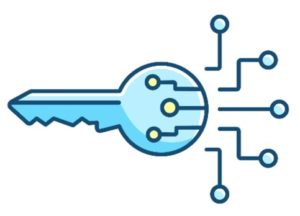Seamless MDT Login with Auto-Lock for Patrol Cars
Compliance requirements for law enforcement’s MDTs are getting stricter and requires a solution that meets the needs of both the user’s ease-of-use and the IT team’s need for stronger security.…
Read MoreHow Single Sign-on Works
SSO (single sign-on) is an authentication mechanism that allows users to login once using a single login account to access multiple applications or websites without re-entering the same login credentials.…
Read MoreBenefits of Hardware Tokens for Authentication
IT administrators have many responsibilities that require elevated access to the systems that they are responsible for maintaining. This makes them attractive targets for attackers looking to penetrate the most…
Read MoreImproving Patient Care by Reducing IT Burdens on Physicians
The words condemning the inefficiencies and excessive administrative tasks of the current electronic health record (EHR) system came directly from the American College of Physicians (ACP). They called it “inefficient,…
Read MoreWhat is Proximity Authentication?
Proximity authentication explained. Proximity authentication is the process of authenticating users of a system via their presence (proximity) using either a proximity token or smartphone. If the user is in…
Read MorePreventing Password Fatigue & Stress
Stress alert! The biggest password problem might be the fatigue and stress. Password stress happens when users must memorize and type a large number of passwords on a consistent basis. Nobody…
Read MoreBluetooth Proximity Lock for Workstations
Bluetooth proximity lock for computers allows you to lock and unlock computers with a Bluetooth signal (Bluetooth token or phone). Some Bluetooth PC lock models use active Bluetooth connections. Some…
Read MoreSecurity Key – Multi Factor Authentication
Security Key for Multi-Factor Authentication explained. Hardware-based MFA keys provide an additional layer of security to your computers, website accounts, and desktop application accounts. Security key-based login is an authentication…
Read MoreAuthentication Methods
What is an Authentication Method? Authentication is a security mechanism that requires predetermined evidence (factor) before being granted authorization to a system. 2FA is consists of two different required authentication…
Read More








